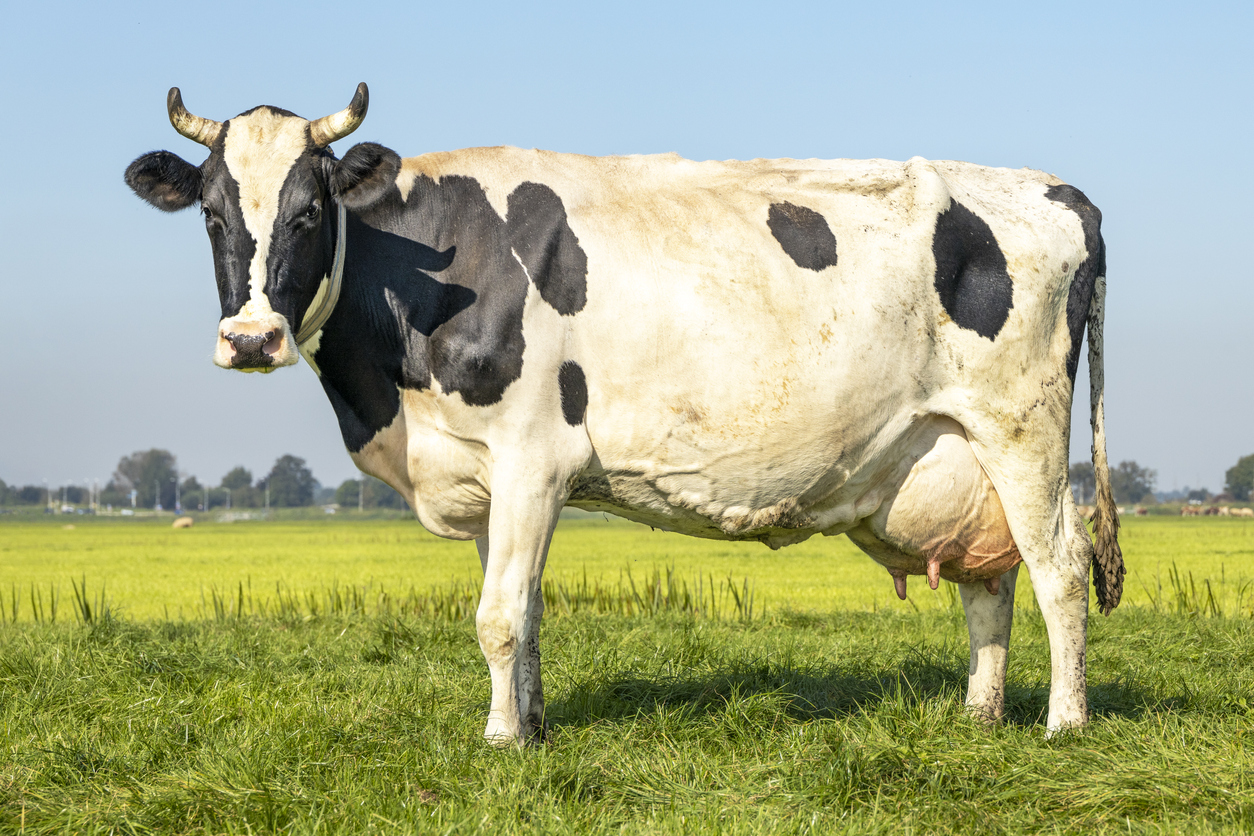Let me start off by saying Holy Cow! This month looks like it could be a blockbuster for approval actions, but there are some interesting factoids that must be taken into account. Let’s look at the reported approval actions posted through March 15th and I will further explain some of the twists.
It looks like the FDA has issued fifty‑two full‑approval actions and nine tentative‑approval (TA) actions so far this month. However, there must be a footnote here as nine of the full‑approval actions are for second strengths of products where at least one other strength has been previously approved in the same ANDA. On the FDA’s daily approval postings, you will occasionally see the designation listed as Orig‑2 or Orig‑3, signifying that the FDA has previously approved other strengths from the same application. Why is this important? Because the reporting of approval actions on the daily approvals list and the reporting of full ANDA approvals on the Generic Drugs Program Monthly and Quarterly Activities Report will differ. The FDA reports approval actions for credit of its work – after all it may have to address multiple strengths, in a single ANDA, that may be covered by a form of exclusivity or patent that precludes the OGD from approving all strengths at one time. The same type of “additional workload” may apply with TAs if the FDA issues a TA for a product then the applicant amends the application with the TA, which removes the original TA and places the application back into pending status; upon successful review of the amendment, the OGD will then issue another TA letter for the application, which is captured in the daily approvals list as yet another TA action. While it is a bit confusing, the true number of actual ANDA applications fully or tentatively approved is reported, as noted above, in the Generic Drugs Program Monthly and Quarterly Activities Report, and that number will be less than the approval actions reported for a specific month on the daily approval list.
For example, at this point in March, while the FDA reported fifty‑two full‑approval actions, nine of those actions were approvals of additional strengths for ANDAs for which a full approval was previously granted for at least one other strength, which means that the actual number of ANDA approvals must be reduced by the nine approval actions with the Orig‑2 designation. Thus, in actuality, the fifty‑two full‑approval actions will ultimately be reported as forty‑three ANDAs on the Generic Drugs Program Monthly and Quarterly Activities Report. Likewise, the nine TA actions will be reported as only eight ANDAs on the monthly report since one of the TAs was a second TA action.
Now that I have you fully confused, just know that the total of sixty‑one approval actions (fifty‑two full and nine TA) by mid‑month represents the highest total of approval actions issued by the OGD in the first half of any month since GDUFA began. If the second half of the month is as productive, we could see the highest number of approval actions recorded by the OGD in any month since the beginning of the GDUFA program.
If you are interested in exploring this month’s approval actions and seeing an example of the Orig‑2 designation, take a look at the listing for Icosapent Ethyl ANDA 209499 on March 8th on the daily approval list (here). Then look at that ANDA number on Drugs@FDA (here). When you pull up the record, click on “Approval Date(s) and History, Letters, Labels, Reviews for ANDA 209499,” and you will see that the original application approval was designated as Orig‑1 for the 1‑gram strength and approved on August 7, 2020, and the second approval was designated as Orig‑2 for the 500 mg capsule and approved on March 8, 2023. Even though they were reported as two separate approval actions. They will be reported as only a single ANDA full approval. This means that reconciling the numbers of approval actions and approved ANDAs, whether full or tentative approvals, is not really possible as they represent different metrics! It all comes out in the wash. Just know that the OGD is trying to get credit for separate approval actions and that is why you see designations like Orig‑2, Orig‑3, and so on.




